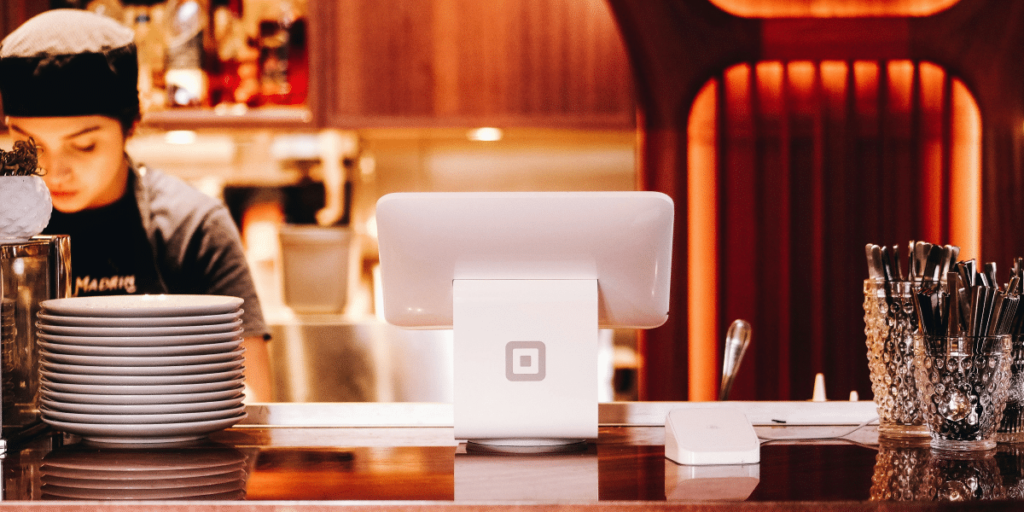In today’s fast-paced digital landscape, traditional branding is evolving at an unprecedented rate, with digital art becoming a driving force behind this transformation. No longer limited to logos and static design elements, brands are embracing the flexibility and creative power of digital art to craft immersive, memorable experiences. Digital artists can now paint entire brand narratives that speak directly to consumers in ways that feel personal, modern, and emotionally resonant. This rise isn’t just a trend—it’s a strategic evolution in how brands communicate visually.
What Makes Digital Art Different?
Unlike conventional forms of brand design, digital art isn’t bound by physical limitations or production costs. It offers an expansive canvas where innovation flourishes. From dynamic motion graphics to augmented reality filters, digital art allows for interactivity, movement, and multidimensional storytelling. The possibilities are virtually limitless, making it easier for brands to stand out in a crowded marketplace. What truly sets digital art apart is its adaptability—it can morph across platforms, languages, and cultures while maintaining a cohesive identity.
Visual Identity Beyond the Logo
While logos remain a vital part of branding, they are just one piece of the puzzle. Digital art enables brands to create a consistent yet dynamic visual identity that goes beyond logos and color palettes. Think of stylized illustrations, signature animations, or custom typographic elements that instantly identify a brand. For instance, Spotify’s animated covers and Nike’s edgy digital murals extend their brand DNA into the digital realm, creating a full-bodied identity that resonates with younger, visually-savvy audiences.
Storytelling in the Digital Medium
Every successful brand tells a story—and digital art brings that story to life in compelling ways. Instead of relying solely on words, brands are now able to use animated illustrations, immersive web design, and multimedia content to weave narratives that captivate and convert. A well-designed visual story can convey emotions, values, and missions more powerfully than any tagline ever could. This narrative aspect is what makes digital art such a strong branding tool—it gives brands a unique visual voice that sticks in the consumer’s mind.
Emotional Branding Through Visuals
Digital art taps directly into human emotion. Colors, shapes, and movements can evoke feelings of nostalgia, excitement, or trust within seconds. Through emotionally-charged visuals, brands are able to create deeper connections with their audiences. Consider how Apple’s minimalist aesthetic triggers feelings of clarity and innovation or how Adobe uses dynamic visuals to symbolize creativity and freedom. Emotional branding through digital art enables brands to go beyond selling a product—they create a feeling, a lifestyle, or an aspiration.
Personalization and User-Centric Design
One of digital art’s greatest strengths is its ability to be personalized. Brands can now create artwork that adapts to user data, preferences, or behavior, making every interaction feel custom. Whether it’s personalized illustrations in email marketing or dynamic landing pages with adaptive visuals, digital art makes it easier to build experiences that feel one-on-one. This level of personalization enhances user loyalty and fosters a sense of inclusion, which is especially crucial in a time when consumers expect to feel seen and understood.
The Power of Motion and Interactivity
Motion design and interactive art are transforming static branding into living, breathing experiences. Micro-animations on websites, interactive illustrations in apps, or even gamified brand campaigns—all use motion to create engagement. Movement draws the eye and invites participation, making the experience memorable. Brands like Google and Airbnb excel at this, using motion to guide users, tell stories, or add delight. Interactivity, when executed well, turns branding from a monologue into a dialogue.
Social Media: A Digital Art Playground

Social media has become the ultimate platform for showcasing digital art as a branding tool. It’s where brands experiment with aesthetic trends, push visual boundaries, and receive instant feedback. From custom GIFs and illustrated memes to augmented reality filters, digital art allows brands to stay culturally relevant while maintaining identity. Platforms like Instagram, TikTok, and Pinterest thrive on visuals, making them perfect environments for digital-first branding strategies that aim to go viral and leave lasting impressions.
Collaborating with Digital Artists
A growing trend in branding is partnering with digital artists to create unique visual content. These collaborations bring fresh perspectives and niche audience appeal. For example, high-fashion brands collaborating with 3D artists for virtual campaigns or tech companies commissioning NFT-based visuals to promote innovation. These partnerships are not just about aesthetics—they also signal a brand’s values, such as creativity, community, or modernity. Artists become co-creators of the brand, giving it authenticity and a human touch.
NFTs and Digital Collectibles in Branding
Non-fungible tokens (NFTs) are reshaping digital branding by turning artwork into exclusive, ownable brand experiences. Companies like Adidas, Coca-Cola, and Time magazine have launched branded NFTs to drive engagement and connect with crypto-savvy audiences. These digital collectibles serve as both art and access points—granting users perks, membership, or status. While still a developing space, NFTs represent the next frontier in digital branding where scarcity, creativity, and technology intersect.
Consistency vs. Experimentation
Balancing consistency and creativity is one of the key challenges in digital branding. A brand must be instantly recognizable, yet not stagnant. Digital art helps brands walk this fine line by enabling stylistic experimentation within a defined visual framework. This might mean using consistent colors but rotating illustration styles, or keeping a logo static while experimenting with animated versions across platforms. This approach keeps the brand fresh and relevant without losing its core identity.
Branding for a Multisensory Future
With the rise of AR, VR, and AI, digital art is now being integrated into multisensory brand experiences. Brands are creating immersive worlds where visuals, sound, and interaction merge. Virtual showrooms, interactive product demos, and immersive branded games are becoming part of the norm. In these environments, digital art isn’t just a visual tool—it’s the environment itself. It becomes how users touch, feel, and experience the brand in a spatial context, making the brand unforgettable.
Challenges and Ethical Considerations
While digital art offers incredible potential, it also comes with challenges. Brands must be wary of over-stimulation, cultural insensitivity, or losing authenticity in the race for novelty. There’s also the growing concern of AI-generated art and its impact on human artists. Ethical branding through digital art means giving credit, promoting diversity, and avoiding exploitation of trends or creators. Transparency and ethical practices will become defining elements of future-proof branding strategies.
The Future is Visual
As digital platforms evolve and audiences become increasingly visually literate, branding will rely more heavily on digital art. Visuals will not only communicate a brand’s message—they will be the message. Companies that invest in creative storytelling, visual innovation, and emotionally intelligent design will lead the charge. Branding through digital art is no longer optional—it’s the visual voice of modern brands. And in a world flooded with content, that voice needs to be loud, clear, and beautifully unforgettable.
















